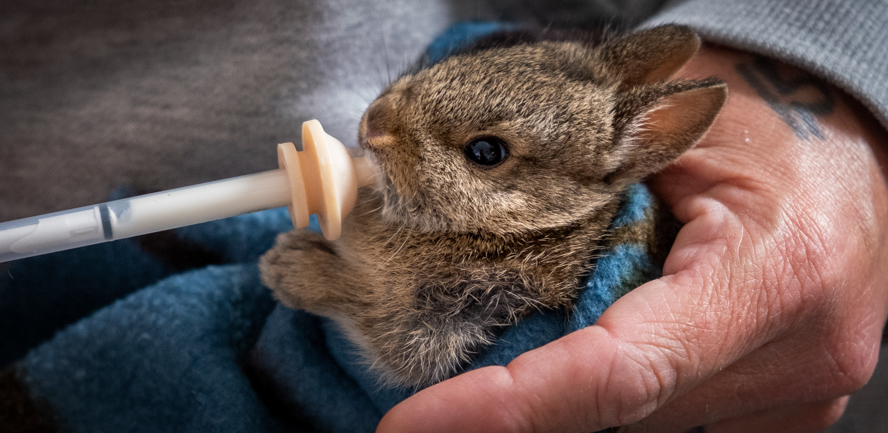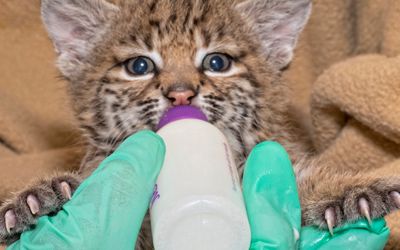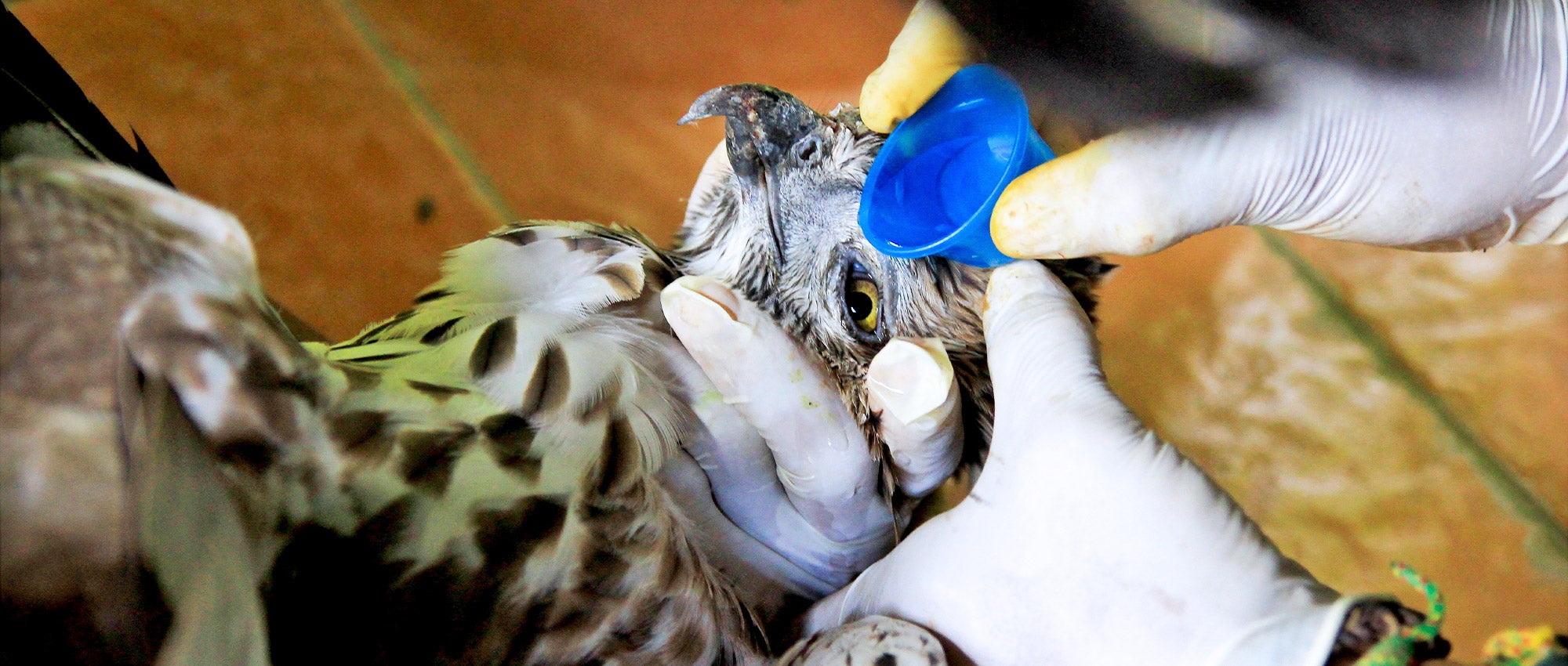Community Resources for Effective Animal Control Burlington Providers
Community Resources for Effective Animal Control Burlington Providers
Blog Article
Reliable Wild Animals Removal Strategies for a Peaceful Home Environment
In the search of keeping a serene home, homeowners usually face the challenge of wildlife invasions, which can disrupt the harmony of their environment. Implementing effective wild animals removal approaches needs a nuanced understanding of both humane exemption techniques and preventative procedures. By addressing entrance points and reducing attractants, one can significantly lessen the likelihood of uninvited visitors. The complexity of these techniques frequently demands a better exam of specific approaches and the potential need for professional intervention. What are the essential elements of these approaches, and when should one consider looking for professional support?
Identifying Common Wildlife Intruders
Identifying typical wildlife burglars is a critical primary step in effective wildlife administration. Comprehending the details types that frequently infiltrate household and business rooms makes it possible for homeowner and wild animals professionals to implement targeted methods for alleviating potential damages and health dangers. Common intruders frequently consist of raccoons, squirrels, bats, and numerous types of rodents and birds, each bringing special challenges.
Bats, while useful for regulating insect populations, can become a problem when they roost in attics, possibly spreading conditions such as histoplasmosis. Birds, consisting of pigeons and sparrows, commonly produce unhygienic problems with their droppings, leading to architectural destruction and health and wellness concerns - wildlife rescue burlington.
Humane Exclusion Methods
Comprehending the typical wild animals trespassers is the foundation whereupon effective exemption strategies are developed. Recognizing varieties such as squirrels, raccoons, and birds assists in creating humane exemption methods tailored to specific behaviors and entrance approaches. Exclusion is a preventative approach intended at rejecting wild animals access to homes and homes, therefore lowering the need for even more intrusive measures.
The foundation of humane exclusion involves securing possible access factors. This includes repairing holes in roofing systems, wall surfaces, and structures, as well as installing chimney caps and vent covers. For smaller invaders like computer mice and bats, making use of materials such as steel woollen and caulk to seal spaces is necessary. In addition, guaranteeing that windows and doors are safe and secure, and that displays are undamaged, can even more deter entrance.
One more trick method is using acoustic and visual deterrents. Setting up ultrasonic gadgets or motion-activated lights can dissuade nighttime wildlife. Changing the habitat by taking care of food sources, such as protecting garbage can and eliminating bird feeders, additionally plays a critical role. These exemption techniques not just protect the home atmosphere yet likewise value the wildlife, enabling them to grow in their all-natural environments without harm.
Safe Trapping Techniques
When exclusion strategies are inadequate, safe trapping approaches become a needed option in wildlife administration. Trapping, when implemented appropriately, supplies a humane and reliable methods of attending to an instant wildlife trouble while making certain very little tension and harm to the animal. This approach calls for an understanding of both the habits of the target species and the ethical factors to consider entailed in wildlife handling.
The very first step in risk-free capturing entails picking the ideal catch kind. Live catches, such as cage catches, are normally recommended as they enable for the capture and release of the pet somewhere else. These traps should be examined regularly to stop unnecessary anxiety or injury to the captured wild animals. It is vital to follow regional laws relating to capturing and moving to make sure moved here conformity with legal requirements and wild animals preservation concepts. animal control Burlington.
Additionally, bait option and placement are crucial parts in ensuring successful capturing. Lure ought to be selected based on the nutritional choices of the target species and strategically positioned to entice the pet right into the trap. Once trapped, the animal should be handled with care, utilizing protective equipment if necessary, to assist in risk-free transportation and release, consequently keeping a balanced environment and a peaceful home environment.
Preventive Home Adjustments
While safe trapping approaches resolve immediate wildlife problems, long-lasting options usually involve preventative home adjustments to deter animals from going into human spaces. Applying these alterations not only enhances the safety and comfort of your living atmosphere however also reduces the chance of future wildlife invasions.
An important facet of preventative techniques is sealing prospective entrance index points. This involves examining and repairing any kind of spaces or splits in the foundation, wall surfaces, and roof, as these can come to be accessibility paths for wild animals.
Landscaping alterations can likewise act as efficient deterrents. Trimming tree branches that overhang the roofing system and eliminating debris piles can get rid of paths and habitats that draw in wildlife. Keeping a tidy backyard by protecting garbage containers and garden compost heaps inhibits scavengers such as raccoons and opossums.

When to Call Experts,##.
Expert treatment becomes crucial in circumstances where wild animals concerns exceed the range of do it yourself services. Property owners might come across conditions where the intricacy or danger of the wildlife trouble demands specialist know-how. As an example, handling hostile animals such as bats, snakes, or raccoons usually calls for specialized abilities and tools to make sure safety and effectiveness. Attempting to handle these creatures without correct expertise can lead to injury or aggravate the concern.
Additionally, infestations involving protected or endangered varieties call for a nuanced strategy to adhere to lawful guidelines. Experts are outfitted with the necessary permits and understand the lawful frameworks controling the handling of such types. This makes certain that elimination is performed ethically and within legal boundaries.

Lastly, when wild animals poses a persistent problem regardless of repeated do it yourself initiatives, professional solutions can supply comprehensive examination and long-lasting solutions customized to avoid recurrence - wildlife removal Burlington. Their expertise not just settles the instant problem however likewise safeguards the home atmosphere in the future
Final Thought
Implementing reliable wild animals elimination approaches is crucial for maintaining a serene home environment. With each other, these strategies create a harmonious living area totally free from wildlife disturbances.

These exemption techniques not just protect the home setting yet additionally appreciate the wildlife, permitting them to thrive in their natural environments without damage.
Carrying out effective wild animals removal techniques is essential for keeping a peaceful home atmosphere.
Report this page